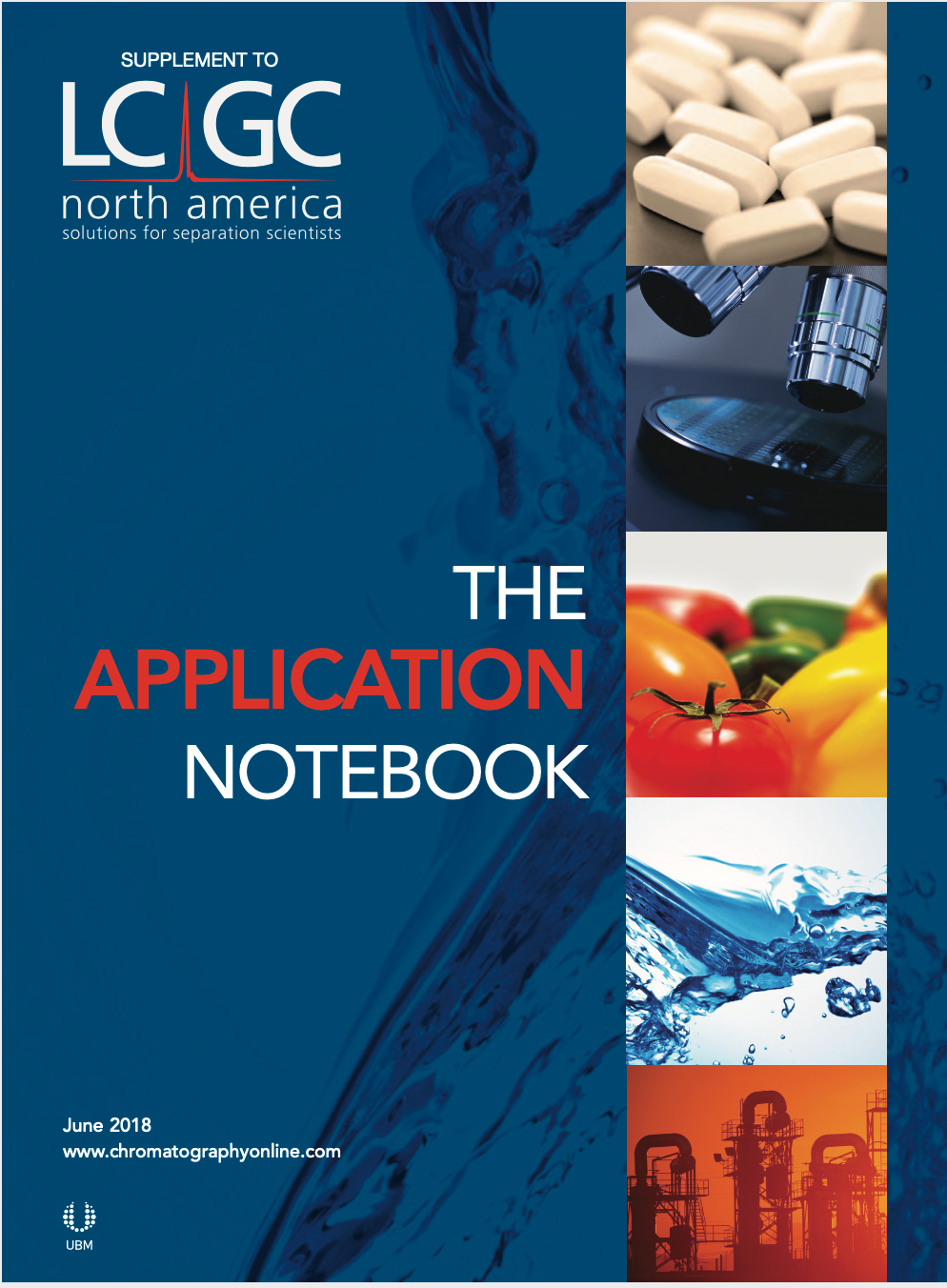Pickering Laboratories - Analysis of Amino Acids in Dietary Ingredients and Supplements
LCGC North America
Supplements containing amino acids are widely used as part of the treatment of a number of medical conditions, including ALS, some brain conditions caused by liver disease, muscle degeneration and movement disorders. Amino acids supplements are also used by athletes to improve performance and prevent muscle breakdown. These supplements are available in variety of forms and dosages, and they often contain other ingredients like vitamins, minerals, herbal extracts, and flavorings.

Figure 1: Amino acids standard.
Manufacturers are responsible for supporting label claims. The testing of dietary ingredients as well as finished products for active components is an important part of any quality assurance program.

Figure 2: Chromatogram of powdered drink mix.
Analysis of amino acids using cation-exchange columns and Ninhydrin post-column reagent is a well-established methodology that is recommended by the European Pharmacopeia. Pickering Laboratories developed and validated a post-column method for amino acids analysis of supplements that is sensitive, selective and can be used without modifications to analyze capsules, tablets, drinks, and other samples. Accelerated methods are available for samples with a limited number of amino acids.

Figure 3: Chromatogram of encapsulated amino acids supplement.
Method
Analytical Conditions
Column: High-efficiency Lithium cation-exchange column, 4.6 × 75 mm, Catalog Number 0354675T
Flow rate: 0.55 mL/min
Mobile Phase: See method in Table I

Post-column Conditions
Post-Column System: Pinnacle PCX
Reactor volume: 0.5 mL
Reactor Temperature: 130 °C
Flow rate: 0.3 mL/min
Detection: UV-vis 570 nm for primary amino acids, 440 nm for secondary amino acids
Injection Volume: 10–50 µL

Sample Preparation
Place 100 mg of homogenized sample into a 25 mL volumetric flask. Bring to volume with Li220 Diluent. Sonicate for 30 min and filter through a glass microfiber filter if the solution is cloudy. Dilute the sample to fit within calibration curve as necessary. More than one dilution may be needed if concentrations of amino acids differ by more than 10 times. Filter the final solution though 0.45 µm Nylon filter before injecting.

Pickering Laboratories, Inc.
1280 Space Park Way, Mountain View, CA 04043
tel. (800) 654-3330, (650) 694-6700
Website: www.pickeringlabs.com

MALDI Guided SpatialOMx® Uncovers Proteomic Profiles in Tumor Subpopulations of Breast Cancer
September 1st 2020The timsTOF fleX system bridges a current gap by providing MALDI Imaging and in-depth proteomics analysis in just one instrument. The instrument offers all benefits of a timsTOF Pro for time-efficient and sensitive proteomics, combined with a high-resolution MALDI source and stage. Using PASEF technology, it is possible to retrieve high protein ID rates with small sample amounts. Here we present the new SpatialOMx® workflow to identify distinct proteomic profiles for different tumor subpopulations in breast cancer as an example for this powerful approach.









